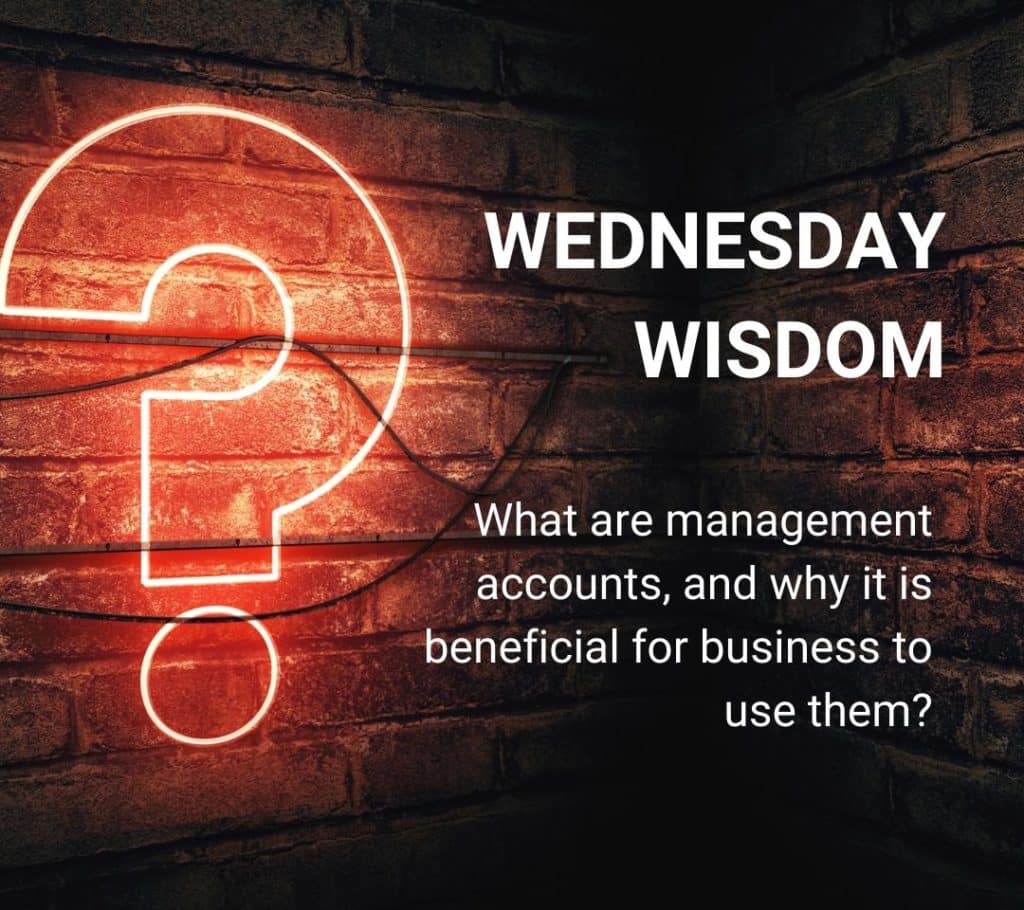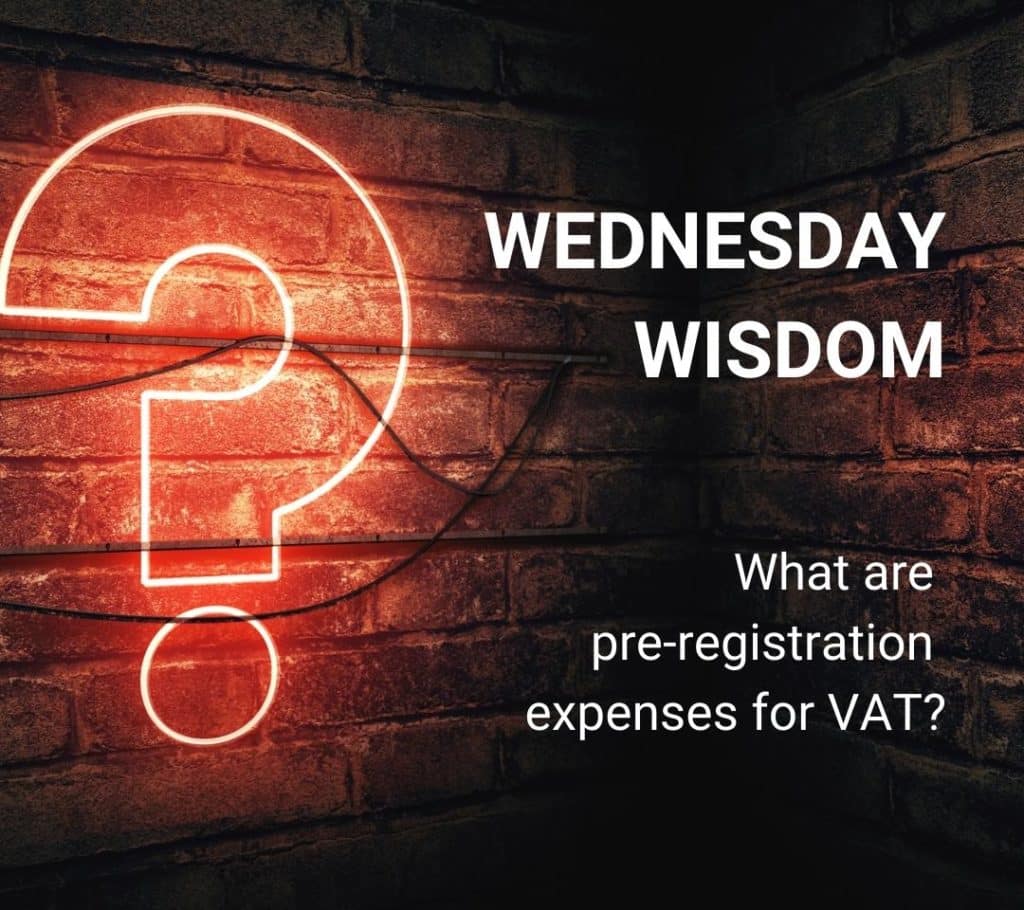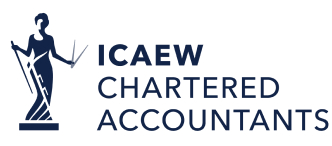Management accounts are financial reports produced for the business owners and managers. The reports help them track their company’s performance.
The management accounts typically include a profit and loss statement, balance sheet, and cash flow statement to show how money moves through business.
This report can be prepared and presented every month, fortnight or week.
In principal, they are similar to the year-end accounts but are less formal and personalised to the readers requirements.
In this guide, we’ll explain what management accounts include, why they matter, and how to prepare them.
Creative Takeaways
- Regular tracking – Monthly or quarterly reports keep finances in check.
- Key reports matter – Profit & Loss, Cash Flow, and Balance Sheet show business health.
- Accuracy is critical – Errors lead to poor decisions and financial risks.
- Cash flow visibility – Helps prevent shortages and manage liquidity.
- Informed decisions – Use data to plan, control costs, and drive growth.
Table of contents
1. Management accounts – definition
Management accounts provide a regular snapshot of a business’s financial health. They are usually produced monthly or quarterly to help with decision-making
These reports show how much money the business is making, where this money is being spent, and how much money is available. Some businesses also include financial forecasts and key performance indicators (KPIs) to track progress against targets.
Management accounts are not legally required!
Still, they are useful for business owners and managers who need up-to-date financial data, as you can review them, identify risks and manage costs.
Without them, business decisions rely on outdated figures or even guesswork.
2. Key components of management accounts
Management accounts have several key reports that give you a clear picture about a business’s financial position. Each of these reports have their specific purpose.
Profit and Loss Statement (P&L)
The profit and loss statement (P&L) shows a business’s income and expenses over a set period.
The statement breaks down revenue, costs, and operating expenses. You can compare P&L statements over time, you can spot trends, control costs, and improve profitability.
Cash flow statement
Cash flow statement tracks how money moves in and out of your business. This statement records income from sales, loans, investments.
A cash flow statement records expenses, too: payments, salaries, supplier invoices.
Even a profitable business can struggle if it runs out of cash, so this report helps you avoid financial shortfalls.
Balance sheet
A balance sheet covers your assets and liabilities, and what remains for you, the owners at a specific point in time.
A strong balance sheet means the company has enough assets to cover its debts, while a weak balance sheet signals financial risk.
Financial forecasting & business planning
Forecasting helps you predict future income and expenses. All of this is based on past data.
You can plan for growth, prepare for challenges, and more importantly, set realistic financial goals. Financial forecasting helps with budgeting, investment decisions, and securing funding.
Operational metrics & KPIs
Numbers alone don’t tell you the full story.
Operational metrics & KPIs help you measure efficiency and performance in specific areas.
- Sales growth tracks revenue increases over time.
- Cost margins measure how much profit is made after expenses.
- Customer retention rate shows how well a business keeps customers.
If you take a look at these numbers, and analyse them, you can improve your business’s processes and stay competitive!
Executive summary
Not all management accounts include an executive summary, still, it’s an important part of management accounts that include it.
An executive summary is a short, high-level report that highlights the most important financial facts and figures. Why is this useful?
This summary allows you to quickly understand business performance without going through a detailed financial statement, so you immediately see the key figures, trends and areas that need attention.
3. How to prepare management accounts?
To prepare management accounts, you first have to gather the necessary financial data, check the accuracy of the date, organise it, and finally analyse.
Let’s see it step-by-step!
Step 1: Gather financial data
Start by collecting financial information from various sources:
- Accounting software (e.g., Xero, QuickBooks, Sage) for revenue and expense records.
- Bank statements to track cash movements.
- Sales reports to measure income and business performance.
- Invoices and receipts to record payments made and received.
- Payroll records to account for wages and staff costs.
Step 2: Ensure data accuracy
Errors in financial data can lead to poor decision-making. Before preparing reports, check for:
- Duplicate entries that could distort profit and loss figures.
- Missing transactions that might give an inaccurate cash balance.
- Bank reconciliations to make sure that the company’s records match actual bank statements.
- Correct categorization of income and expenses to avoid misreporting.
Step 3: Compile Reports
Once the data is accurate, compile the key management reports:
- Profit and loss statement to show income and expenses.
- Cash flow statement to track money movement.
- Balance sheet to summarize assets, liabilities, and equity.
- Financial forecasts to predict future performance.
Format reports so they are easy to understand. Use clear headings, simple tables, and simple explanations!
Step 4: Analyse key insights
Look for patterns and trends that affect business performance. Ask yourself meaningful questions:
- Are sales increasing or declining?
- Are expenses rising faster than revenue?
- Is there enough cash to cover upcoming costs?
- Are financial targets being met?
4. Common mistakes with management accounts
We work as accountants for the creative sectors, and we frequently encounter common mistakes with management accounts. The problem with these mistakes is that they can lead to poor decisions and financial problems.
What are the most common mistakes we see?
- Not preparing them regularly – They should be produced monthly or quarterly. Irregular reporting means businesses miss key trends and risks.
- Ignoring financial trends and operational metrics – Looking only at raw numbers without analysing trends can hide potential issues.
- Using inaccurate data – Errors in financial records lead to misleading reports.
To avoid making such mistakes, you have to follow the 4 steps listed in this post. Make a checklist, go one by one, check everything on your list, and you’re ready to go!
Oh, and one more thing: don’t confuse management accounts with statutory accounts. There’s a difference, and you can learn more about it on our dedicated blog for management vs statutory accounts.
5. Benefits of management accounts
Some business are too small or too simple to require a detailed management accounts. It’s a matter of opinion, but a business with a turnover of £100,000 would benefit from a set of management accounts.
Running a business without a set of management accounts is like driving a car in the dark.
You know how fast your sales are growing, but you don’t know if you’re making a profit. You also can’t see potential financial obstacles, like cash shortages.
Therefore the benefits of a business producing management accounts are:
- An overview of your cash flow and to avoid cash flow problems and manage liquidity
- Movement of money in and out of your business during any particular period
- Profit and Loss for a particular period
- To have a future visibility
- To determine which areas to focus in order to improve profitability
- Measure performance of your business
- Making more informed decision based on up to date information, rather than wait until year end to see your results
- Detect fraud in your business, regular review of your business means there is no place to hide for malpractice
In short, management accounting reports can benefit businesses in a multitude of ways.
They can be used to help steer your company towards success, and avoid continuously making mistakes that cost you a lot of money by only looking at financial information retrospectively at the end of each year.
6. Do you need management accountants?
Management accounts give business owners and managers a clear view of their financial health. They help you track profitability, cash flow, and key financial trends.
Regular financial monitoring through monthly or quarterly reports helps identify risks early. Without management accounts, you may struggle to spot cash flow shortages.
So, do you need a dedicated accountant to create management accounts?
WallsMan Creative is here to help you as accountants for the creative industries.
You can stay financially stable, improve decision-making, and plan for long-term success by preparing an all-round report. If you’re not already using management accounts, now is the time to start. A well-managed business is a stronger business.








